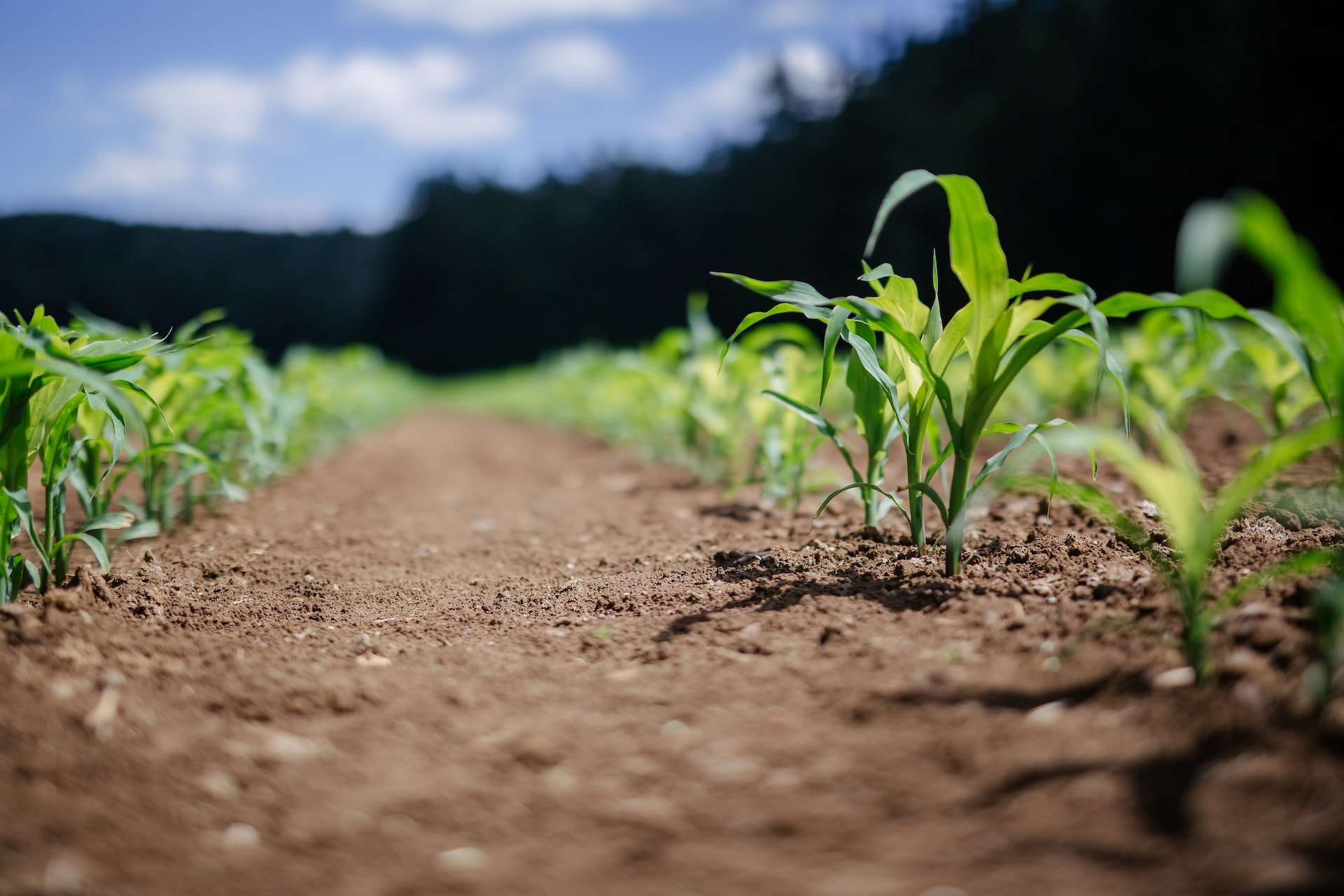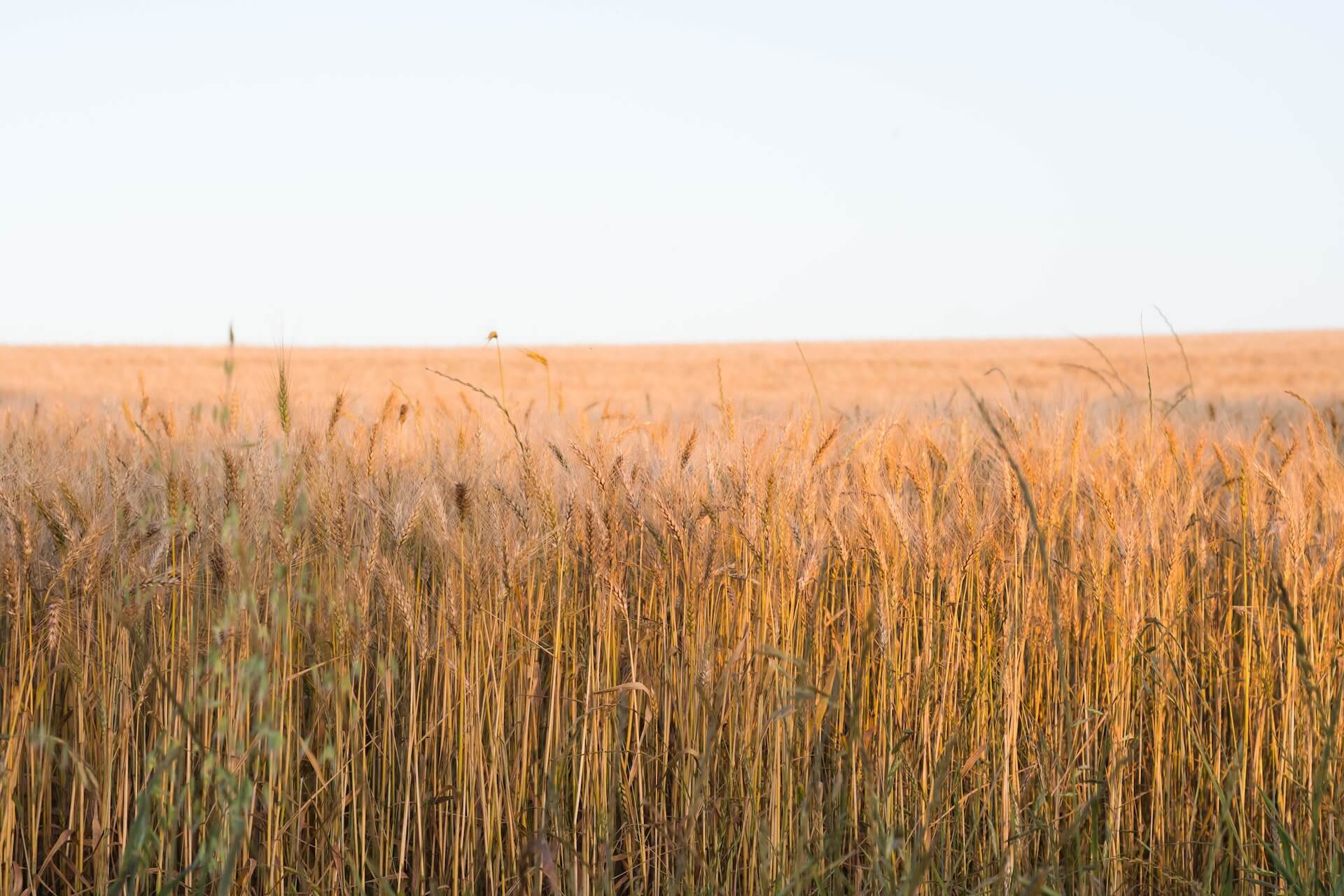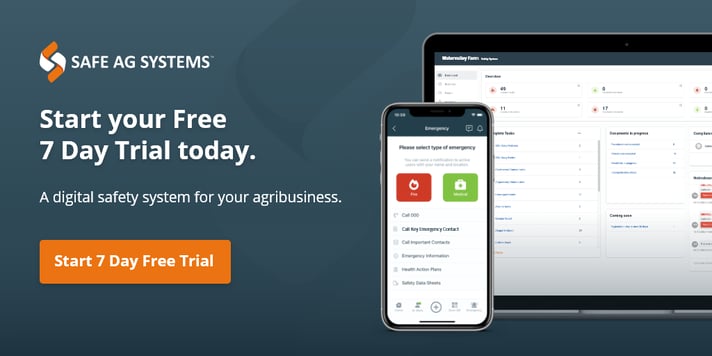Agriculture is a crucial part of everyones lives, providing us with food, fibre, and other essential resources. Farmers are the ones who feed and clothe the world, working endless hours just to provide for our ever-growing population.
However, this high demand does come at a cost. Although traditional farming practices meet the world's needs, in some circumstances it has resulted in soil degradation, water pollution, and a decline in biodiversity. Leaving many producers and farmers with fields unprofitable and unusable.
To tackle these challenges, sustainable agriculture has emerged as a new approach to food production that prioritizes environmental sustainability, economic viability, and social responsibility.
And that's only the tip of the iceberg on what sustainable agriculture really is! In-depth this topic is rather broad but so important in our industry, so let’s break down sustainable agriculture into simple words.
What does Sustainable Agriculture mean?
Sustainable agriculture refers to farming practices that meet the needs of the present generation without compromising the needs of future generations.
It encompasses a holistic approach that takes into account the economic, social, and environmental aspects of agriculture. The ultimate goal of sustainable agriculture is to create a balance between production and conservation, ensuring that the land remains productive for future generations.
This is being achieved by a collection of different farming practices that either revert back to ancient farming practices or have adopted agtech to reach the demands of the population but still nurture their field and crops. These practices typically focus on preserving soil, reducing chemical usage, producing healthier food, improving animal welfare and interchange non-renewable energy for renewable.
A great case study of an agribusiness who have adopted sustainability is Brookfarm. They’re a macadamia producer in Bryon Bay, New South Wales, that has strongly believed their farming operation was capable of coexisting with nature since its doors first opened. They bought barren land previously used as a dairy farm and have since restored the land through regenerative agriculture to grow a whole sub-tropical forest on their property.
Introducing the forest to their land has helped with carbon sequestration in the soil and reintroduced several endangered animals, such as platypus and sugar gliders, back into their natural habitat. Several owl spieces have also migrated to their farm, which in return has helped to control the mice population.
They’ve also introduced Trichogramma wasps themselves. These small spieces of wasps manage the Nut Borer population, an invasive bug that eats macadamia nuts. While the collaboration has lessened the bug population, it has also benefitted them by reducing their pesticide usage.
They’re just one of many businesses in Australia, let alone the world, that has proven that sustainable agriculture is a profitable and rewarding farming practice.

Keywords, definitions, and related terms.
We may have mentioned some interesting words there like carbon sequestration and regenerative agriculture, but don’t worry we’re here to explain them and a few other key terms for you.
Agroforestry: In basic terms, it’s ‘farming but with trees’. In-depth, it's the integration and symbiotic relationship between agriculture and trees, working together to regulate water wastage, and preserve soil and field nutrients while also increasing income with the products that the trees grow.
Regenerative Agriculture: is a holistic approach to farming that prioritises rebuilding soil quality and the water cycle to produce nutrient-dense fruit through organic farming. This farming practice assists in restoring and ‘regenerating’ degraded agricultural land through natural practices, such as the integration of livestock, leaving stubble on the ground, planting ground cover and conservation tillage.
Carbon Sequestration: Otherwise known as ‘Carbon Farming, it’s the process of removing carbon dioxide from the atmosphere through agriculture. As crops photosynthesise they take in the carbon from the atmosphere to grow and release oxygen in return. The crop then ‘sequestrations’ the carbon into the soil.
Conservation Tillage: one of the farming practices for carbon sequestration is conservation tillage. This practice typically leaves soil as undisturbed as it can be through seeding and leaves 30% of the residue on the topsoil, preventing soil erosion and water runoff. Another method of conservation tillage is by direct air. This method improves the topsoil quality, water retention and reduces soil compaction.
Precision Farming: this practice incorporates agtech into farming, by collecting data on soil types, locations, weather and plant growth into its data to ensure the crops are receiving all they need. This method helps farmers to avoid wastage of resources and controls their environmental impact.
Food Security: when discussing sustainability, food security is the main topic of discussion and often the priority in providing a sustainable future through agriculture. United Nations defines food security as “all people, at all times, have physical, social, and economic access to sufficient, safe, and nutritious food that meets their food preferences and dietary needs for an active and healthy life.”
With such a large population, ensuring that everyone has access to food does prove a challenge for the agriculture industry already in high demand. The goal of sustainable agriculture is to meet both these needs by ensuring food security for current and future generations by sustainably looking after the land.
Circular Economy: in simple terms, it can be thought of as intensive recycling to reduce product wastage. The circular economy aims to remodel the stages of materials, production, use and disposal by having the product be reused, refurbished or recycled back at those beginning stages before it is then disposed of.
Circularising agriculture is possible by reusing organic waste from farming as a source of fertilizer. Crop residue and animal wastage can be used as fertilizers instead of going to landfills. This then restarts the cycle with even less wastage. Another example is as our packaging goes away from plastic and moves to more compostable materials, more farm goods will be needed and used, but can also be returned back to the soil to begin a new purpose.

Why is it important for me to understand these terms? How will sustainable agriculture affect my agribusiness?
With sustainable farming options getting increasingly popular as new technology and research arises, these farming practices and keywords may just become a part of your future farm. With a growing population and constant demand for food and resources, prioritising the health of the land that provides for us sounds like a pretty good and sustainable idea.
By adopting a sustainable farming practice you can assist your agribusiness to reduce reliance on nonrenewable energy, lower chemical usage and prevent any unnecessary wastage. In turn, restoring your land and boosting your profit with nutrient-filled produce and ensuring the long-term viability of your agribusiness.
Topics: Sustainability in Agriculture
Disclaimer: Content on this website may be of relevance to users outside of Australia, but content links and examples are specific to Australia. Please check with your local authority for your country and industry requirements.








